Nombre:
Estación de Dunedin
Otro:
Localización:
Ver mapa más grande
Tipo: Ferrocarriles
Categoría: Estaciones
Foto:
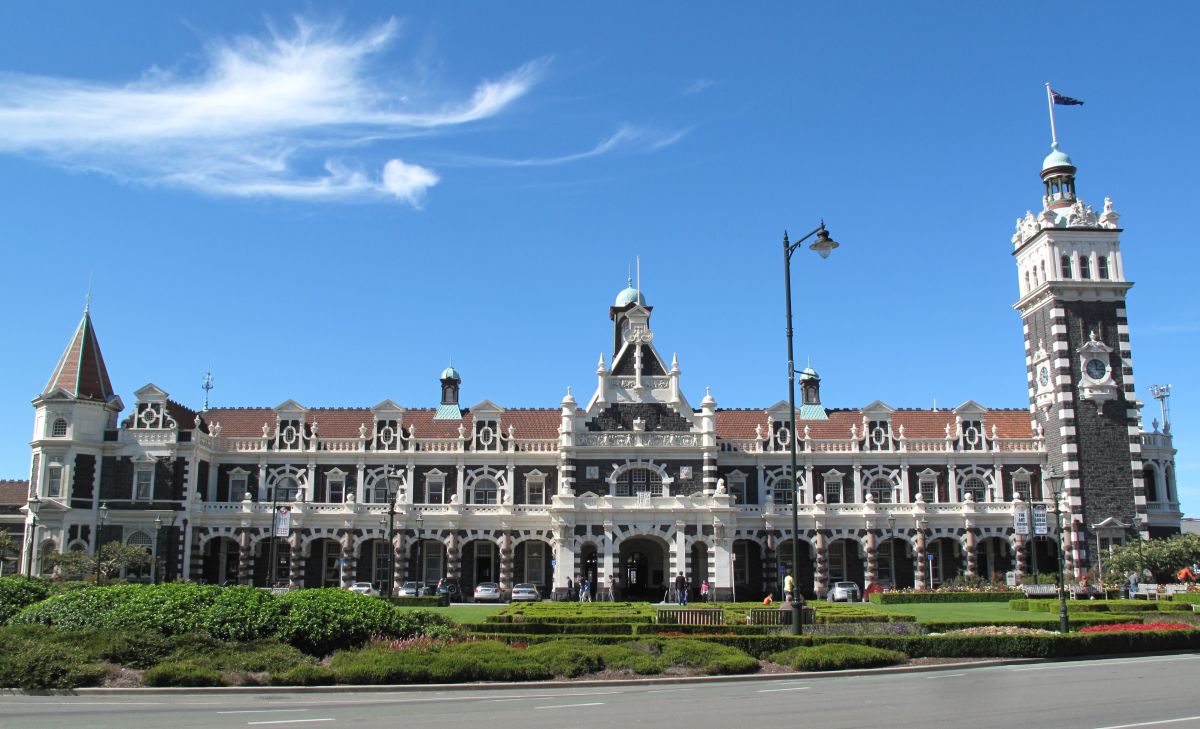
Voto:
Continente: Oceanía
País: Nueva Zelanda
Localización: Dunedin
Año: 1906
Estado: Terminado
Descripción:Estación de trenes de Dunedin en Nueva Zelanda
14 de julio de 2010
Dunedin es la segunda ciudad en tamaño en la Isla del Sur en Nueva Zelanda, y la ciudad principal de la región de Otago. Esta población se ha consolidado como uno de los destinos turísticos por excelencia en este país de Oceanía, por su historia, por su cultura y por la ubicación que tiene; y en ella los visitantes pueden encontrar diversas joyas arquitectónicas como lo es su estación de trenes.
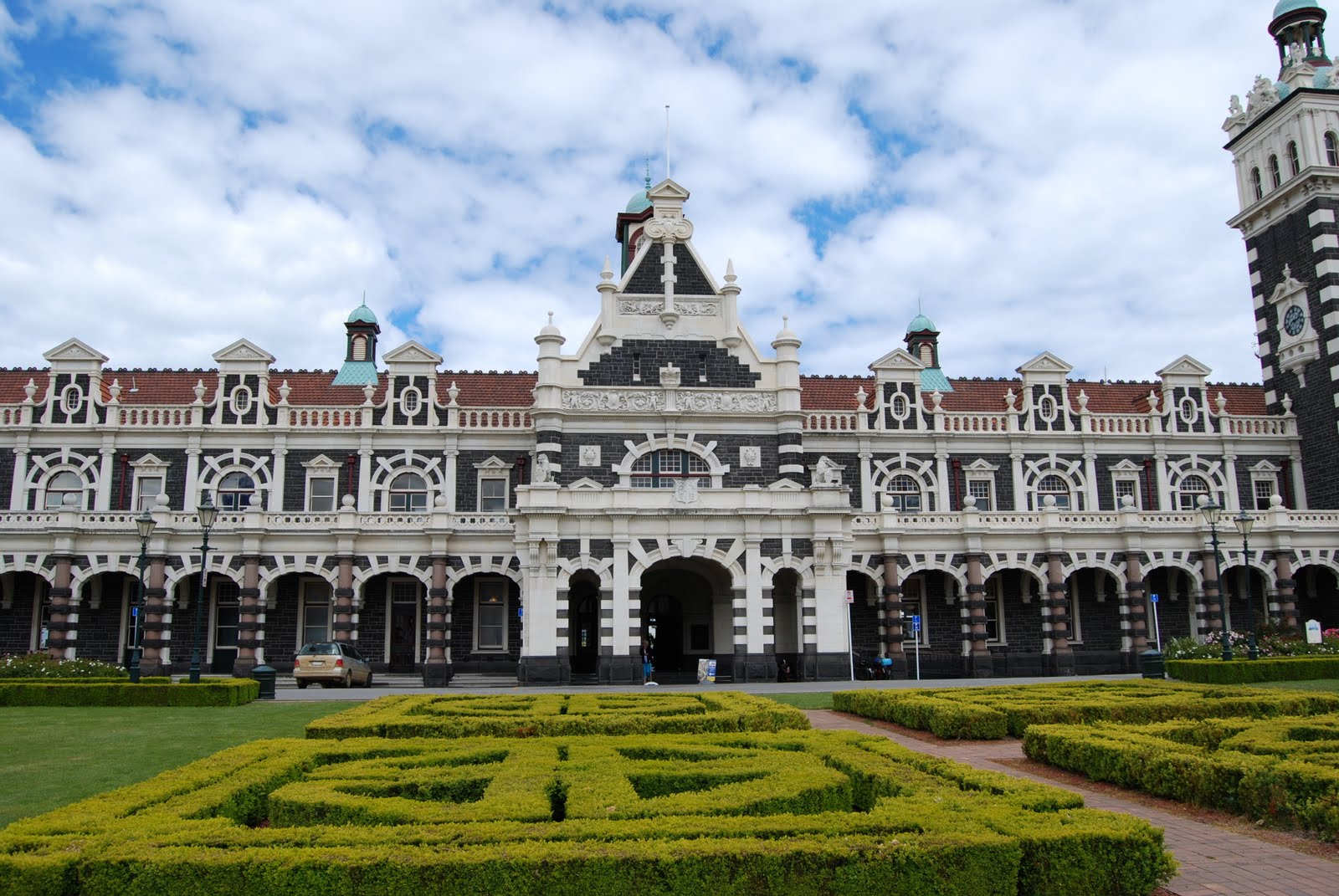
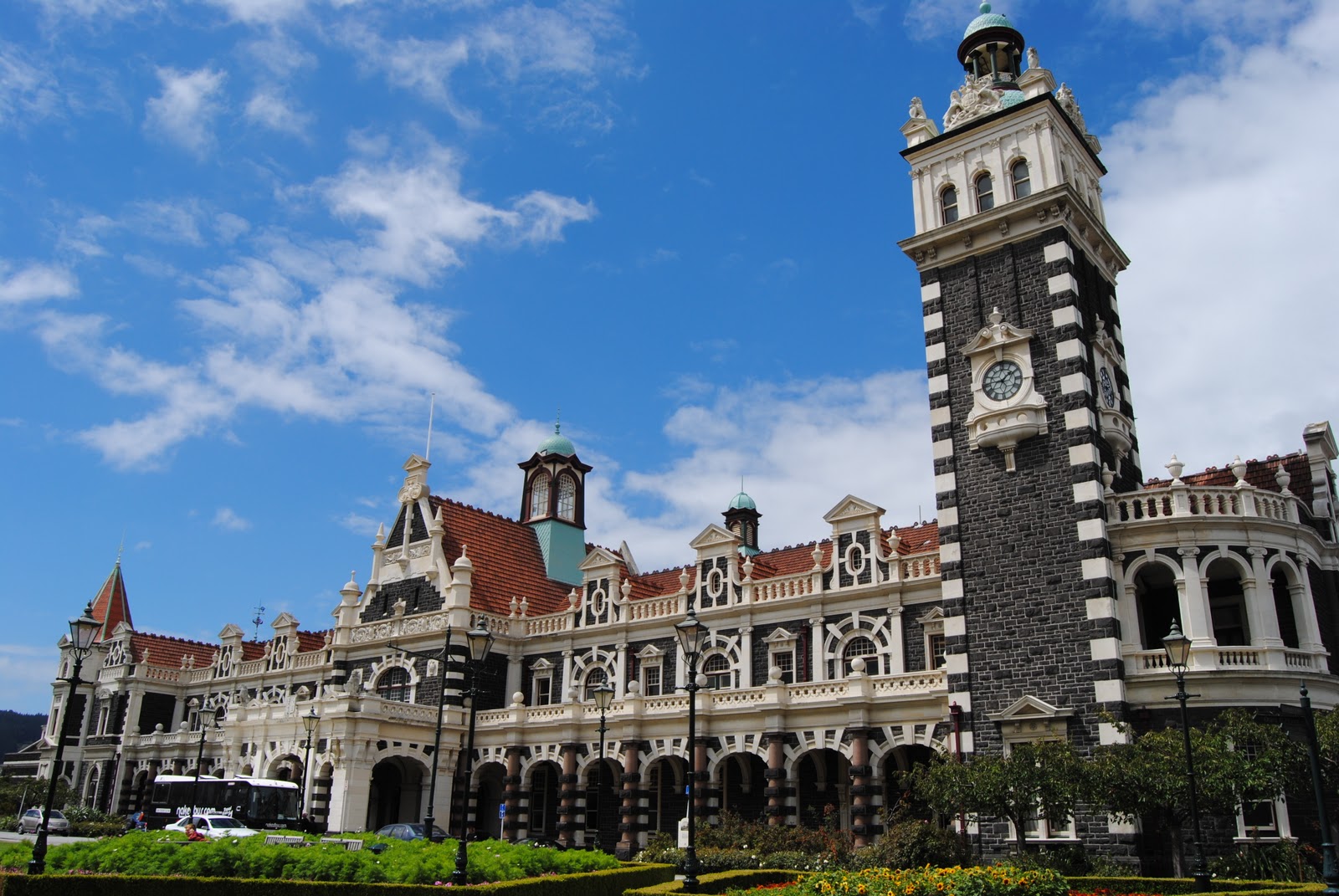
A principios del siglo veinte, esta población era el centro dedicado al comercio más importante de Nueva Zelanda, por lo que se construyó una magnífica obra arquitectónica como estación de trenes para mostrar ese gran nivel en el que se encontraba. En la actualidad, los visitantes aún pueden ver esta edificación en toda su gloria, con algunos detalles renovados, pero en general mantiene ese espíritu antiguo.
En esta estación se puede ver una fachada del estilo arquitectónico del renacimiento flamenco y todo el lugar, que fue diseñado por el arquitecto George Troup, tiene un tamaño, un hermoso ambiente y unas decoraciones ricas que hacen que sea considerado una de las atracciones que se tienen que ver. Y lo mejor de todo es que la mayoría de los visitantes tienen que pasar por allí en sus viajes por todo el país, lo que ayuda a su grandiosa popularidad.
Dentro de la estación de Dunedin se recomienda ver el salón de reservas, que tiene un suelo de mosaicos que está hecho con alrededor 750.000 baldosas hechas de porcelana Doulton. La plataforma principal tiene un kilómetro, siendo la más larga en todo el país y que además todos los meses de octubre se convierte en una pasarela, cuando allí se celebra el fashion show de esta isla. Ya estando allí, se aconseja ir al restaurante que está en la primera planta y a la galería de arte que está en la segunda.
http://serturista.com/nueva-zelanda/estacion-de-trenes-de-dunedin-en-nueva-zelanda/
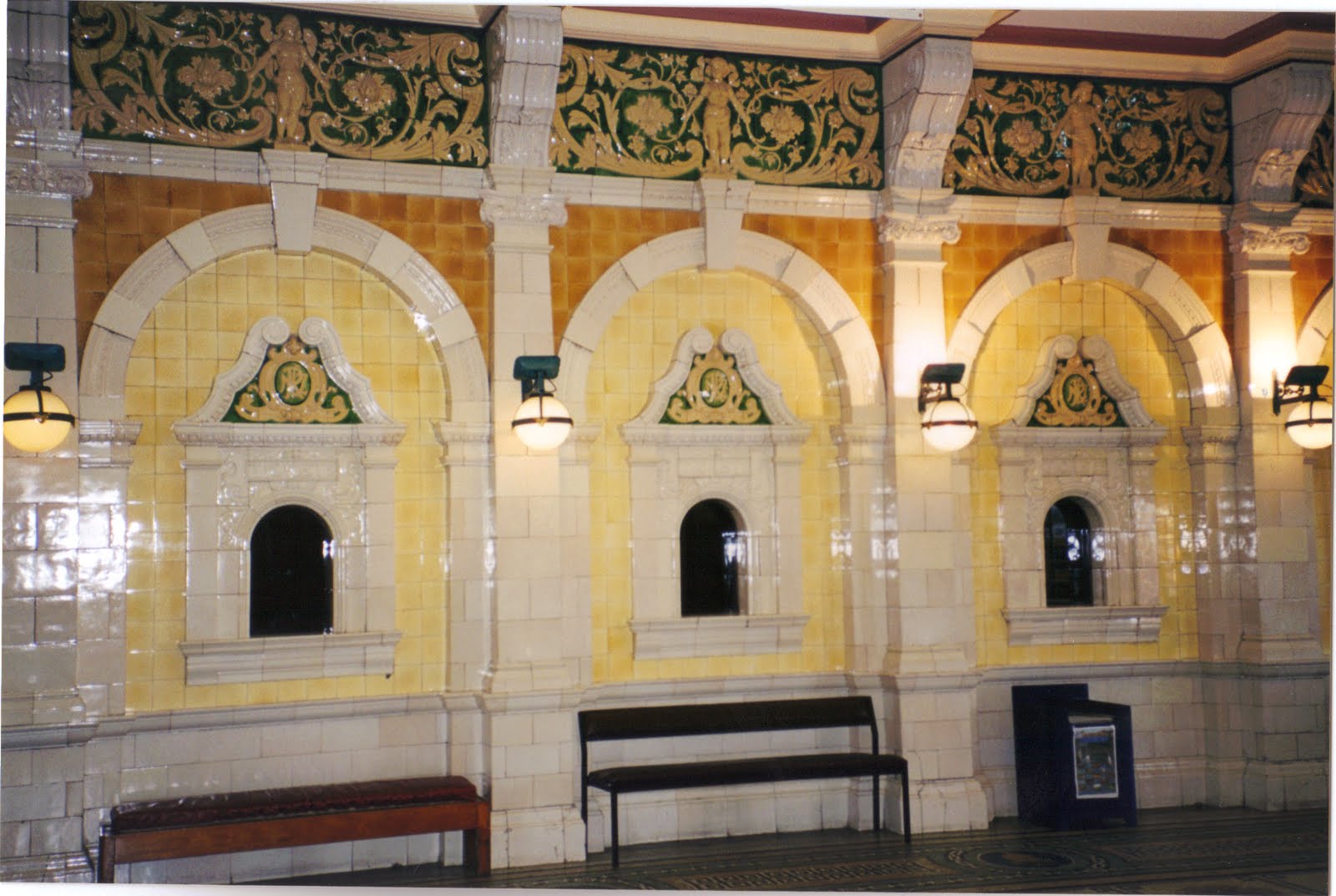
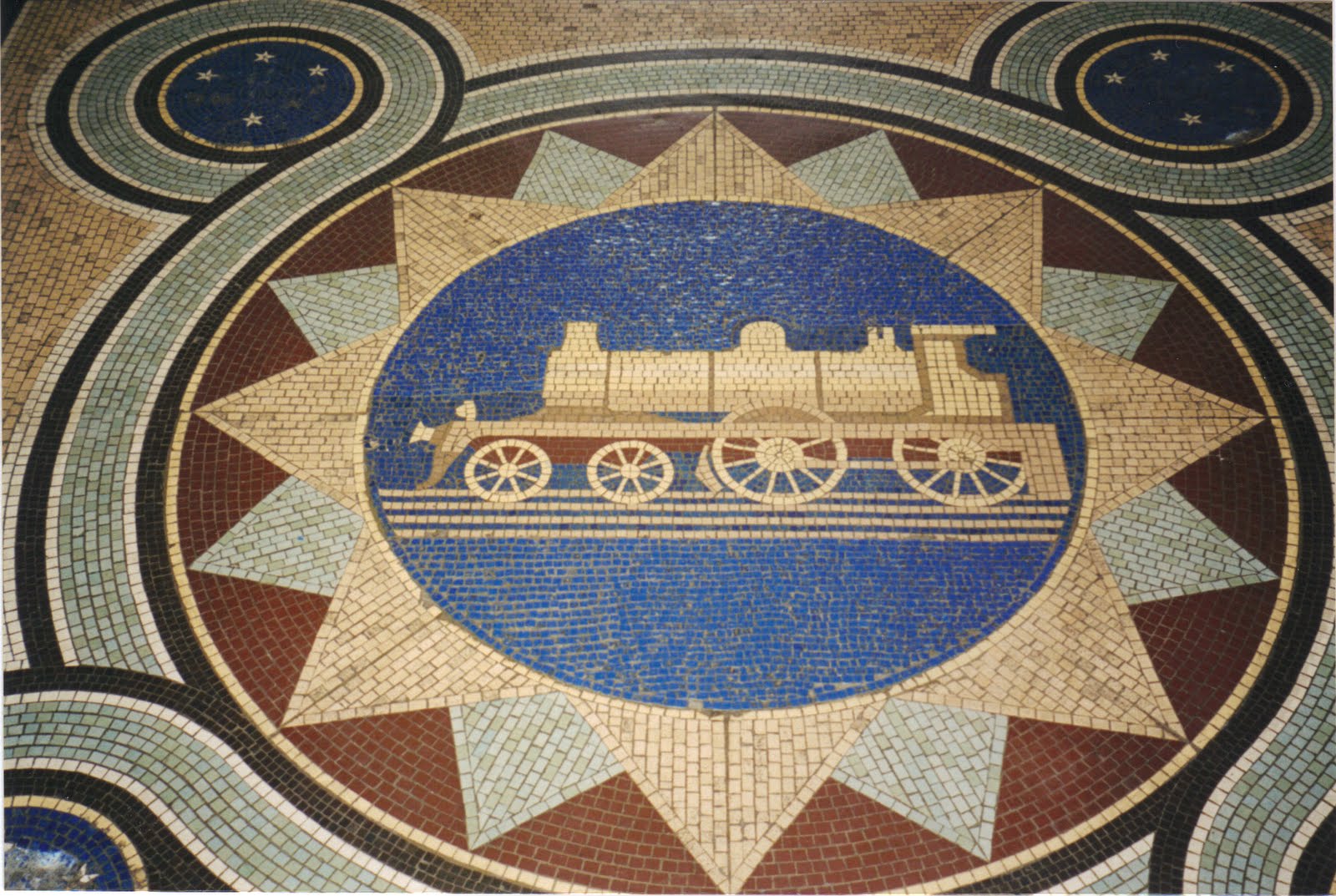
Dunedin Railway Station is located in Dunedin, in New Zealand's South Island. Designed by George Troup, the station is the fourth building to have served as Dunedin's railway station. It earned its architect the nickname of "Gingerbread George".
Early rail in Dunedin
Dunedin was linked to Christchurch by rail in 1878, with a link south to Invercargill completed the following year, and the first railway workshops were opened at Hillside in South Dunedin as early as 1875. Early plans were for a grand main station on Cumberland Street, but these never got any further than the laying of a foundation.[1] Instead, a simple weatherboard-constructed station was built next to the site in 1884, though this was only ever intended to be a temporary structure. It took close to 20 years for government funding to be allocated to the new structure, and planning for the new station only really commenced as the 19th century was drawing to a close.
The logistics of constructing what would be (for a time) New Zealand's busiest railway station took three years before construction finally began in 1903.[2] Dunedin, at the time a major commercial hub, required a station suitable to a wide range of activities: it was a commercial and industrial centre, close to still-active gold and coalfields, and was surrounded by a hinterland that was dependent on both livestock and forestry for its economy.


Construction
In an eclectic, revived Flemish renaissance style, (Renaissance Revival architecture), the station is constructed from dark basalt from Kokonga in the Strath-Taieri with lighter Oamaru stone facings, giving it the distinctive light and dark pattern common to many of the grander buildings of Dunedin and Christchurch. Pink granite[3] was used for a series of supporting pillars which line a colonnade at the front of the building. The roof was tiled in terracotta shingles from Marseilles[4] surmounted by copper-domed cupolas.[5] The southern end of the building is dominated by the 37-metre clocktower which is visible from much of central Dunedin.
The booking hall features a mosaic floor of almost 750,000 Minton tiles. A frieze of Royal Doulton porcelain runs around the balcony above it from which the floor's design (featuring a locomotive and related symbols) can be clearly seen.[6] The station's main platform is the country's longest,[citation needed] extending for about 500 metres.
The building's foundation stone was laid by the Minister of Railways Joseph Ward on June 3, 1904.[1] The Prime Minister Richard Seddon was also present. The station was opened by Ward, by then Prime Minister, in 1906. The construction of the building was kept within budget, and cost £40,000.[7]
History
In its early days, the station was the country's busiest, handling up to 100 trains a day, including suburban services to Mosgiel and Port Chalmers, Railcars to Palmerston and the Otago Central Branch and other trains to Christchurch and Invercargill. The city's economic decline and the reduction in the prominence of rail transport mean that only a handful of trains use the station today.
The station used to have dock platforms at both the north and south ends and a crossover midway along the main platform. Large shunting yards, most of which have now gone, occupied land to the south of the station. Much of this land has now been subdivided into wholesale and light industrial properties.
With the decrease in passenger rail traffic, the station now serves more functions than the one for which it was originally designed. Bought by the Dunedin City Council in 1994, the station's uses have greatly diversified, though it is still the city's railway station, catering for the Otago Excursion Train Trust's Taieri Gorge Railway tourist train. Much of its ground floor is now used as a restaurant, and the upper floor is home to both the New Zealand Sports Hall of Fame and the Otago Art Society. A produce market is held in the station's grounds to the north of the building every Saturday morning. Every year in March, the station takes centre stage in the South Island's main fashion show, with the main platform becoming reputedly the world's longest catwalk.[8]


A thorough refurbishment of the exterior took place in the late 1990s, accompanied by the landscaping of the gardens outside the entrance, in Anzac Square.[9]
In October 2006, the centenary of the station was celebrated with a festival of railway events, including the operation of eight steam railway locomotives from all over New Zealand. In 2006 the Dunedin Railway Station was recognised by DK Eyewitness Travel as one of "The World's 200 Must-See Places".[10][11]
On February 12, 2008, a freak accident occurred when a container wagon struck and partially destroyed a historic footbridge which stands at the southern end of the station. Four pedestrians were on the bridge at the time, with one suffering minor injuries when she fell 4.5 metres from the wreckage.[12] Reconstruction of a footbridge of similar design on the same site joining Anzac Square with the industrial zone close to Dunedin's wharves was carried out during in September–October 2008.[13]
http://en.wikipedia.org/wiki/Dunedin_Railway_Station
http://www.dunedin.nz.com/railway-station.aspx
http://www.flickr.com/photos/c-j-b/sets/72157594433053503/with/330525258/

Vídeo:
Web recomendada: http://www.historic.org.nz/TheRegister/RegisterSearch/RegisterResults.aspx?RID=59&m=advanced
Contador: 5205
Inserción: 2013-03-22 12:57:05
Lugares a visitar en un radio de 100 km (en línea recta)
Mapa de los lugares a 100 km (en línea recta)
Mostrando Registros desde el 1 hasta el 0 de un total de 0
Visitas |
Más visitados Basílica de San Marcos 153849 Catedral de Notre Dame (París) 143327 Torre de Pisa 130849 Monte Saint-Michel 100021 Presa de las Tres Gargantas 80214 |
Incorporaciones |
Comentarios hazola Cúpula de la Roca gracias me... gera Buenos Aires las mejores fotos de la mejor ciudad del... Daniel M. - BRASIL San Francisco ... PEQUE Presa Chicoasén SERA QUE ALGUIEN ME PUEDE DAR MAS INFORMACIÓN DE ESTE PROYECTO ESTUDIO EN LA UNACH Y ES PARA UN... Mery Huaca Pucllana Muy interesante, muy buena la información y... |
 Tweet
Tweet


